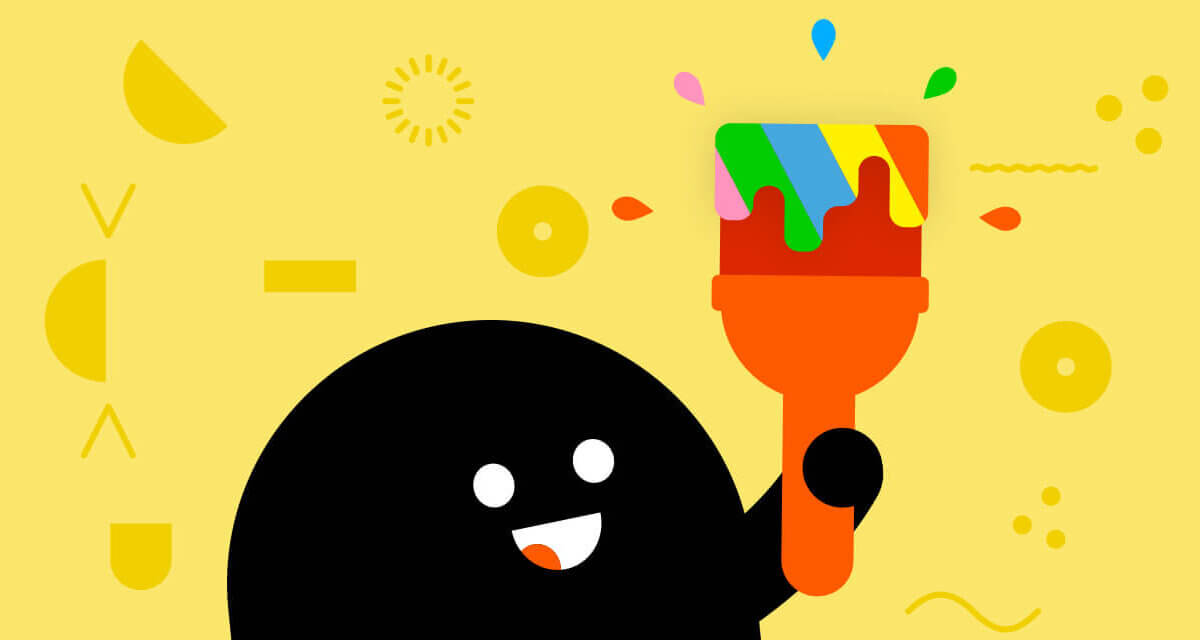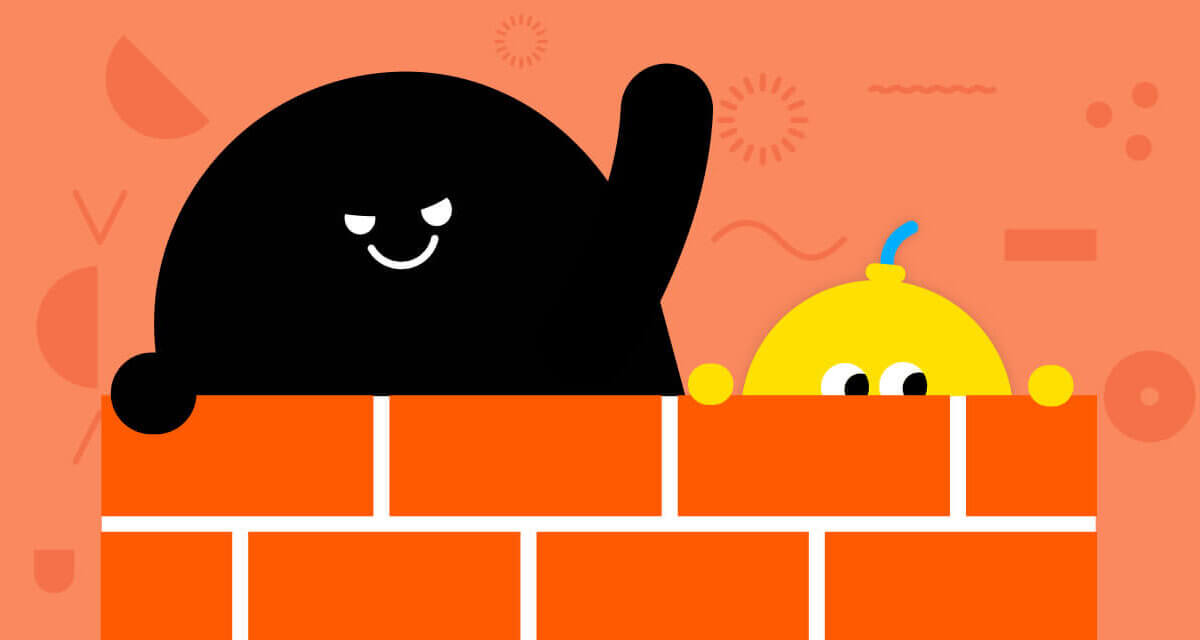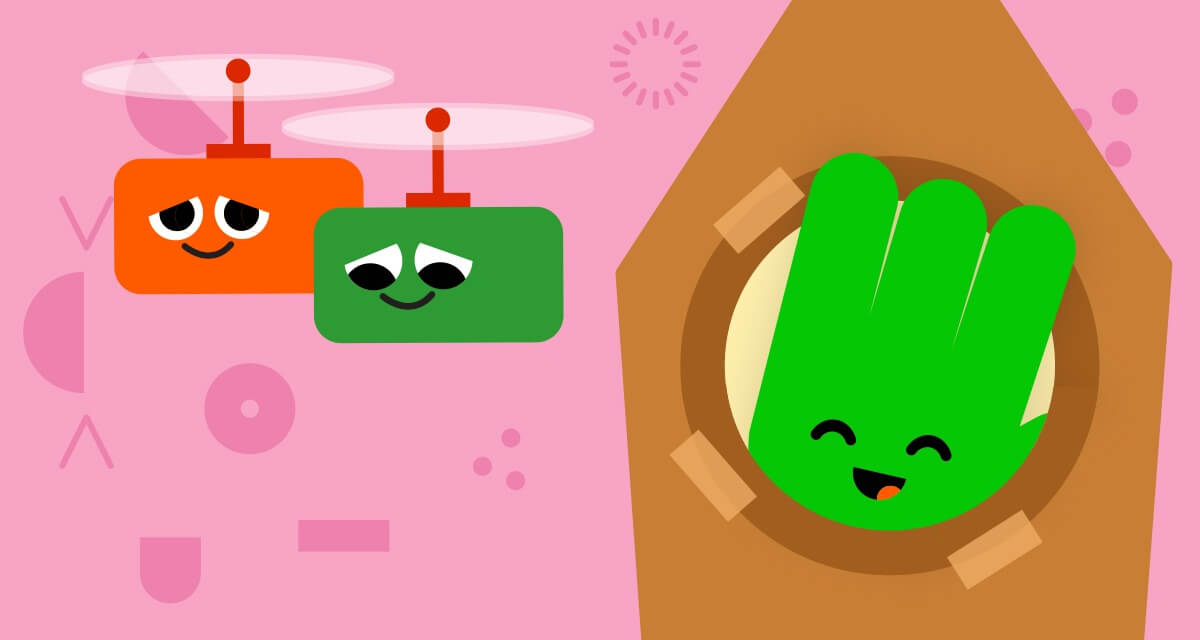It's free, and it's freeing: The gift of boredom.
- By
- Parker Barry
We were on a family vacation in Western Massachusetts. After a morning of exploring that included a visit to a playground made entirely out of tree logs, the Eric Carle Museum of Picture Book Art, and Herrell’s of Northhampton (home of the original smoosh-your-own ingredients ice-cream), we returned to our bed and breakfast. Time to rest!
My husband, my 7-year-old daughter (I call her Little A) and I got into our giant canopy bed. From our bedroom window, we had a view of four goats and a natural white noise machine — our very own rushing waterfall. Little A started reading a book, my husband fell asleep, and my nap was moments away. Aaah, bliss!
Not quite. A few minutes later, Little A uttered the three words I most dread hearing: “MAMA, I’M BORED.” (This statement always arrives as a challenge, with an embedded invitation for me to find something for her to do or to entertain her!)
At that moment, one part of me said the right thing to do was to drag myself out of the bed and take her outside to visit the goats or take a sunset walk. The other part of me — those stubborn and tired limbs and the eyes heavy with sleep — they refused to budge.
I rolled over in the bed and it took every ounce of willpower I had to reply, “That’s fine, be bored.”
I had no idea how those four words would change our vacation — or her.
“This is so boring”
Little A stared out the window and mumbled for a while. Different versions of the same indictment. This is so boring. I’m so bored. When are you going to wake up, Mama? But then it stopped. While listening to the hypnotic sound of the waterfall, her mind must have wandered and she began to imagine and think about all the things she loves to do and could have been doing on her own instead of taking a boring old nap with Mommy and Daddy — reading a book, watching TV, writing in her journal, drawing. Her brain must have switched over to a state that neuroscientists call the “Default Mode Network” (DMN), which is what happens when you stare out into space or rest between tasks. And then, something must have clicked because she tapped me and said, “Mama, can I go upstairs?”
“Upstairs” was the reception and lobby area of our inn — a cozy but large breakfast room with a coffee bar, couches and comfy reading chairs. I knew Little A would be safe there and, being the social creature that she is, would enjoy talking to Nancy, the barista/concierge. “Sure,” I mumbled, half asleep.
That’s fine, be bored.
One very awesome nap and 30 minutes later, I went upstairs to find Little A sitting at a small table, with paper, scissors and crayons spread out beside her. She was busy making pop-up cards! She had completed one with a pop-up goat for Nancy, who had introduced her to the goats earlier that day. “Mama, I’m going to make Easter cards for the whole family,” she declared happily, her little hands cutting out the shape of a bunny rabbit. (We don’t really even celebrate Easter!).
Examining the importance of rest
I have been thinking about this incident a lot while reading Alex Soojung-Kim Pang’s book Rest: Why You Get More Done When You Work Less. The book makes the case for building rest into the very fabric of your life, through a lively combination of scientific research and case studies of highly prolific and well-known personalities throughout history (Winston Churchill, Albert Einstein, Charles Darwin, etc.) who built their work and creative lives around the cornerstones of rest, be it napping, walking, exercise, sabbaticals, sleeping or the four-hour work day. Remember the adage “work hard, play hard”? Well, this book makes the case for that.
I started out reading the book in search of ideas for how to achieve more balance in my mother/entrepreneur/educator/ wife/daughter/PTO volunteer existence. And the book certainly gave me a lot to think about in that sphere. But, another side-effect was that I found myself reading Rest through the lens of my conundrums as a parent: I can’t tell you how many times I’ve overheard or commiserated with parents who lament about overscheduled kids, or about feeling guilty about them missing out on some great activity, class or event.
Kids need downtime and rest, too
So, I reached out to Alex Pang. I told him that I was curious to hear his perspective on what existing research can teach us about the importance of rest for children.
A lot, it turns out. “The importance of downtime and the role of rest in psychological development and restoration is true for adults and also for children,” Pang told me. “There are additional benefits that rest brings to younger children, and there’s a century of research that shows these benefits.”
Just as brief periods of mind wandering boost creativity in adults, there’s a clear connection between the physical, socio-emotional and cognitive development of children and the amount of rest they get — whether that is through sleep, mind-wandering, deep play or time spent exploring nature or their own interests like collecting rocks (or making pop-up cards!).
One of the most compelling examples that Pang shares with me is the research of University of Southern California professor Mary Helen Immordino-Yang, who has studied mind wandering and leisure. Her work makes the case that daydreaming is not a waste of time. In fact, it shows that providing children ages 5 to 10 with time for play, leisure and daydreaming allows them to develop stronger memories, cognitive skills and social-emotional skills such as resilience and empathy. [Read more.]
Daydreaming is not a waste of time.
The work of Robert Scott Ruth-Bernstein from the University of Michigan is also valuable, says Pang. Bernstein has written about the childhood hobbies that Nobel Prize winners had and found that the people who reached the highest level of their fields discovered their passions in their childhood through their hobbies, not through academic coursework. “This is a very valuable lesson for STEM educators and policy makers, as well as parents,” says Pang. “If you want your kids to be world-class scientists or athletes, throw them outside and lock the door!”
A little boredom can go a long way
 When I tell Pang about my experience with Little A at the bed and breakfast, he gets excited and says it’s a textbook example of how a little boredom can go a long way. “When you are 8 to 10 years old, you often don’t have control over your life. So having intellectual worlds that you choose to develop is psychologically a really powerful thing. Through this type of exploration, you can take control of your own self and your own mental world.”
When I tell Pang about my experience with Little A at the bed and breakfast, he gets excited and says it’s a textbook example of how a little boredom can go a long way. “When you are 8 to 10 years old, you often don’t have control over your life. So having intellectual worlds that you choose to develop is psychologically a really powerful thing. Through this type of exploration, you can take control of your own self and your own mental world.”
What a gift that is that we as parents can give our kids! On that beautiful spring evening, that’s exactly what Little A needed — an invitation to choose her own adventure! The license to be bored opened up the space for her to rest her mind and to allow it to mindlessly wander until it landed on a seed of an idea that came from her — and that little seed took her into a space of creation and creativity that no amount of guidance or nudging from me could have given her.
Little A left that weekend feeling empowered, joyful and rejuvenated. She made a dozen pop-up cards, and she has not stopped since! She has an idea to create a pop-up shop at a local crafts fair and is working on improving her craft, all by herself.
All because of four words: “That’s fine, be bored.”
Sandhya Nankani is a writer, educator, mom and founder of Literary Safari, which produces kids’ educational media. Her award-winning game HangArt was featured by Common Sense Media on its “Best EdTech of 2016” list, and her app Grandma’s Great Gourd has been featured in USA Today. She is also one of the founding members of the Kids’ Inclusive and Diverse Media Action Project.





